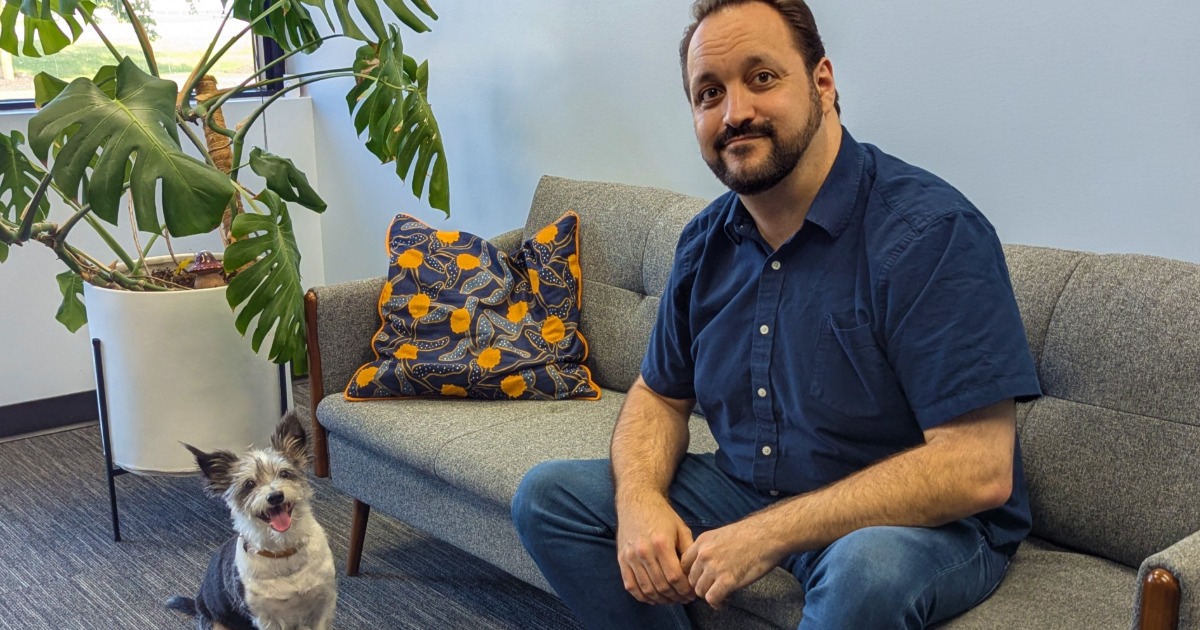Growing up in North Dakota Mary Wakefield, PhD, RN saw something of digital divide – before the term was coined – one not about pure IT, but rather a chasm between people living in remote areas and access to healthcare.
“I’m from a very small rural town,” Wakefield told Government Health IT. "I saw that divide firsthand as a practicing nurse. Patients would drive 90 or 100 miles to get healthcare services.”
Whether she is still a small town girl or not, Wakefield grew up to become administrator of the Health Resources and Services Administration (HRSA), a role in which her mission is to build technological bridges that eradicate that gap between caregivers and people who need care.
Those connections are also the reasons Wakefield garnered the 2012 HIMSS Federal Policy Leader Award, which HIMSS bestowed at the National Health IT Week 2012 Networking Reception and Awards ceremony on Sept. 12 in Washington, D.C.
[Related: HIMSS State Policy Leader Award goes to … cardiology nurse and Iowa Rep. Linda Upmeyer.]
Wakefield, at HRSA, commands a $7.5 billion agency that distributes funding across some 3,000 grants spanning 80 programs.
“Under Dr. Wakefield’s leadership, HRSA has [also] administered $2.5 billion in stimulus funds to expand the nation's healthcare system, address health workforce shortages, and fund the efforts of hundreds of health centers to adopt health IT solutions,” said Willa Fields, a member of HIMSS board of directors. “Other examples of her leadership include development of a Rural Health IT Toolbox, an e-referral system that has improved patient care, and grant programs to reduce barriers to telehealth.”
The collective goal of HRSA’s budget, the stimulus funding, all those grants and programs, is harnessing a variety of health information technologies to reach patients who need care the most.
“We want to make sure that there is no daylight between the availability of high-quality healthcare services and the populations and communities we serve through our program,” Wakefield explained. That is predicated on having access to providers at your fingertips via health technologies.
That's precisely why Wakefield was nominated for the HIMSS award in the first place, according to Margaret Rajnic, family nurse practitioner at the National Naval Medical Center, an assistant professor at Thomas Jefferson University.
"The nominating task force was unanimous in our support of Dr. Wakefield because of her well-known interest in ensuring safety net providers and facilities have equal access to health IT solutions that can help improve the quality and cost-effectiveness of care delivery for communities across the U.S." Rajnic explained.
[Related: Consumer Health IT Summit -- Government as catalyst.]
Wakefield’s purview at HRSA has afforded her the ability to watch and track marked progress that information technology in general, and health IT specifically, has brought to making healthcare services accessible in rural and underserved areas – results she sees even outside the nations’ capitol.
“I can tell you, when I go back home now, some services are as easily accessible as using a cell phone,” Wakefield explained. "That divide in terms of accessing healthcare services has really closed rapidly over the last few years."
Now, about that chasm she witnessed growing up in North Dakota. It may have been analog back then, but today it’s the “digital” that’s bridging that “divide.”
Perhaps it’s her heartland spirit that makes Wakefield voluntarily share the credit.
“I just can’t say enough it’s really about HRSA employees," she said. "I’m just the one showing up to pick up the award but it’s such a fabulous team to work with. They’ve made innovation after innovation. Everything we’re doing is because we have a lot of innovators inside this agency: people who see the promise and are very committed to making those links to quality care.”


